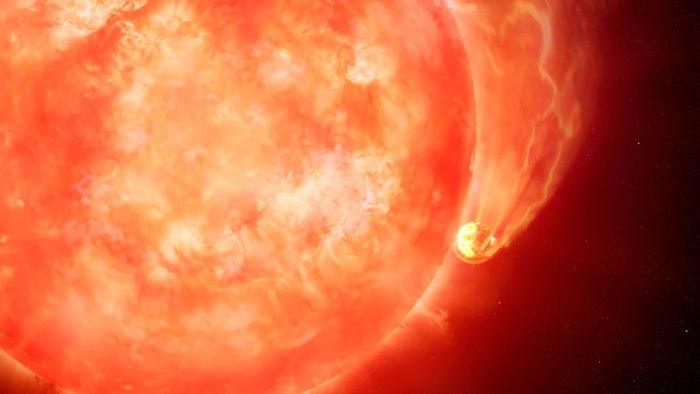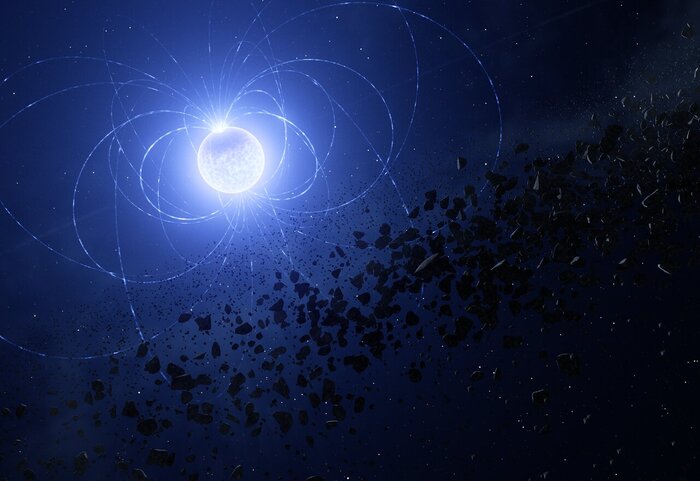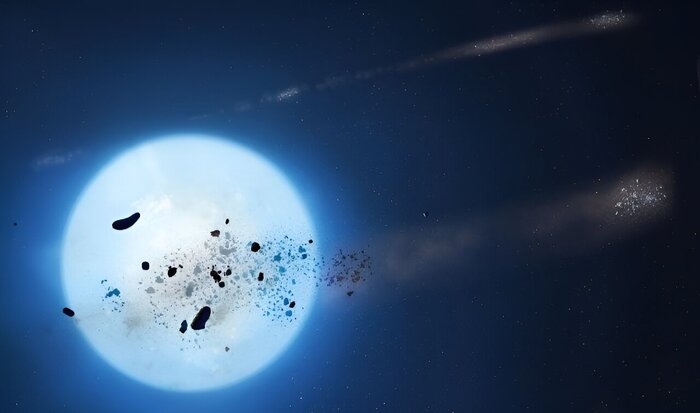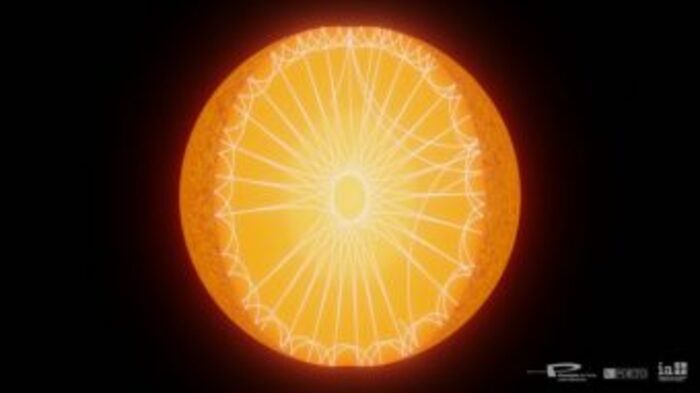- Click to share on Facebook (Opens in a new window)
- Click to share on Twitter (Opens in a new window)
- Click here to share on LinkedIn (Opens in a new window)
- Click to email a friend (Opens in a new window)
(CNN) - Space is not a friendly environment, even for stars, planets and galaxies born in their cold and violent neighborhoods. But solar systems have found a way to prevent their newborn planets from accidentally approaching their host stars, according to a new study.
LOOK: Astronomers found two new planets that could harbor life
Without a “baby-proof” physical structure in place, planets born in the inner regions of a star system could deviate and plunge directly into their host star.
And during NASA's Kepler mission, numerous super-earths, or planets with a mass higher than Earth's, were found in nearby orbits around their stars, following the line of the so-called "baby-proof" region.
The researchers published their findings on this process in the journal Astronomy and Astrophysics this Thursday.
The current understanding of planet formation follows a specific order. The stars are formed from clouds of gas and dust that collapse. Then, a protoplanetary disk of gas and dust leftovers surrounds the star. The planets are formed from this disk, using the remains of gas and dust that created the star to gather solid material for the planets.
READ: Astronomers capture two growing exoplanets in a photograph
This can take place over the course of a few million years as planets grow from dust showers to round objects with a solid core.
New planets, like babies, are somewhat wobbly. They do not form a stable orbit around the star immediately, but move in and out of range. Like the new parents who set limits in their home to keep their child safe from possible dangers, these new planets need something to prevent them from reeling too close to their star.
The researchers wanted to understand what kept the new planets in line, as well as the mechanism that allowed the super-earths to orbit so close to their host star that they glided around the star once every 10 to 12 Earth days.
The stars shed immense radiation. The protoplanetary disk around it contains a boundary called the silicate sublimation front, where temperatures exceed 1200 Kelvin and dust particles such as silicates become extremely hot turbulent gas.
A rocky planet near the star, like a super earth, travels through that gas and has its own gas trail because it is still forming. When the planet reaches the limit, the star's thinnest and hottest gas interacts with the densest gas on the planet, resulting in a kick that bounces off the planet.
MIRA: How do you look for new planets?
“Why are there so many super-orbits in close orbit, as Kepler has shown us? Because young planetary systems have a built-in baby-proof barrier, ”said Mario Flock, study author and postdoctoral expert at NASA's Jet Propulsion Laboratory.
The researchers said there is another option, which they tested by tracking the movement of much smaller objects the size of pebbles. The star's thin, hot gas spins rapidly and when small objects essentially try to keep up with this fast orbit, they are thrown like a child on a roller coaster ride too fast.
READ: Colombian who studies how planets are born won important physics prize
When applied to our own solar system, these theories point to the suggestion of a rocky planet closer to our sun than Mercury. The planet simply did not form or was expelled from the solar system? The researchers believe that this idea could be intriguing for future studies in the future.
Reflecting on the idea, Flock said it is interesting to think "not only that our Solar System was baby-proof, it is possible that the protected baby has 'flown from the nest'".
StarsPlanetsSolar system


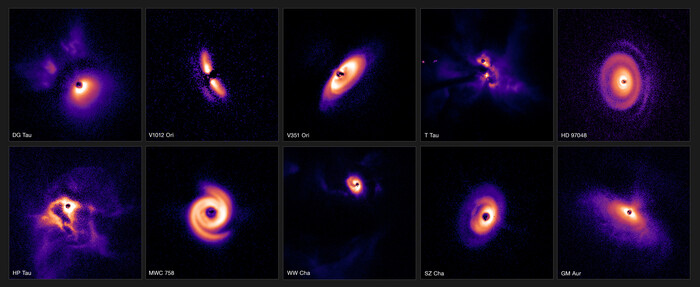

/cloudfront-eu-central-1.images.arcpublishing.com/prisa/TQ73US57UFGWTIXR7C3BS2OTIA.jpg)
